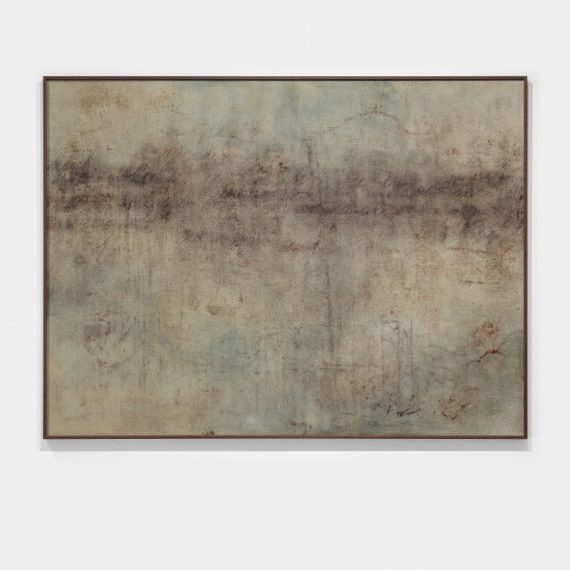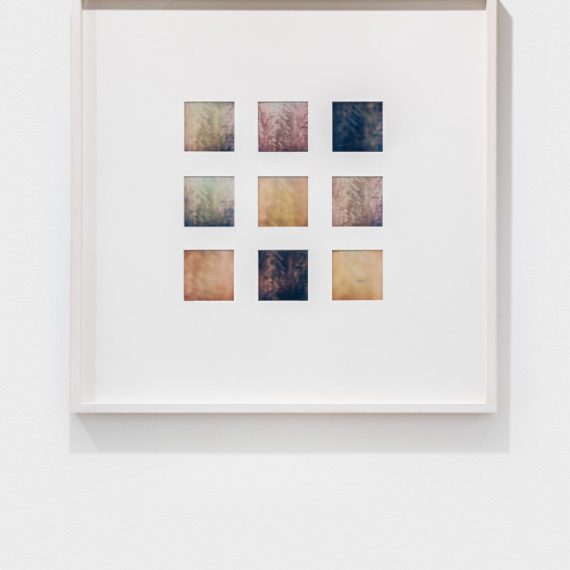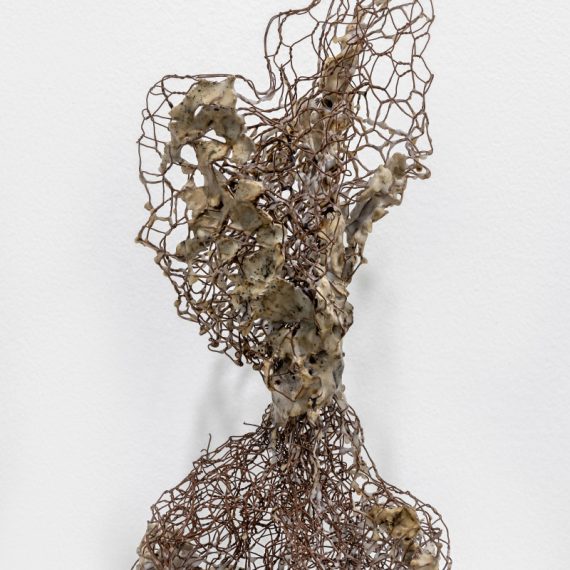Radici
curated by Marina Dacci
in collaboration with Marignana Arte
Over recent years, Silvia Infranco’s research has focused on herbaria, pharmacopoeia and archaic and ritual healing processes found in manuscripts and ancient printed texts.
This exhibition explores her latest reflections on the relationship between man and nature through the phyto-therapeutic approach, with particular attention to the magical, symbolic and alchemic implications that have taken place over the centuries. Valorising certain aspects of these healing processes, emphasising their topicality in the body-sensory-psychic relationship, these are the motifs guiding the exhibition, placing the magical past and the scientific present side by side, in keeping with a contemporary approach of regenerating the human-environment relationship (also thanks to the validation of their efficacy by modern chemistry).
The underlying ancient rituality also manages to highlight an attitude towards the nature of ‘collection-restitution’ that ought be reappraised today.
Silvia Infranco’s works are modulated through a variety of media (works on paper and board, artist’s books, sculptures, Polaroids that often feature the plants themselves) and inhabit the spaces of Villa Zironi, surrounded by a large garden. In all the artist’s works, the inventory of original plant forms is released in formally ‘liquid’ images, the result of a long physical and mental process that the artist defines as ‘ritual metamorphic narration’ so as to emphasise the evolutionary and entropic nature of life. After her recent exhibitions in London and Venice, in which her works on plants used for mood and psyche therapy were exhibited, for this further passage to Reggio Emilia, the artist consulted the seventeenth-century Erborario Naturale del Santo Spirito (‘Natural Herbarium of the Holy Spirit’): the oldest botanical collection preserved in the Civic Museums of Reggio Emilia, from which the artist extrapolated the images of five plants that then formed the heart of the works: aconite, black hellebore, belladonna, and henbane poppy. (MD)




